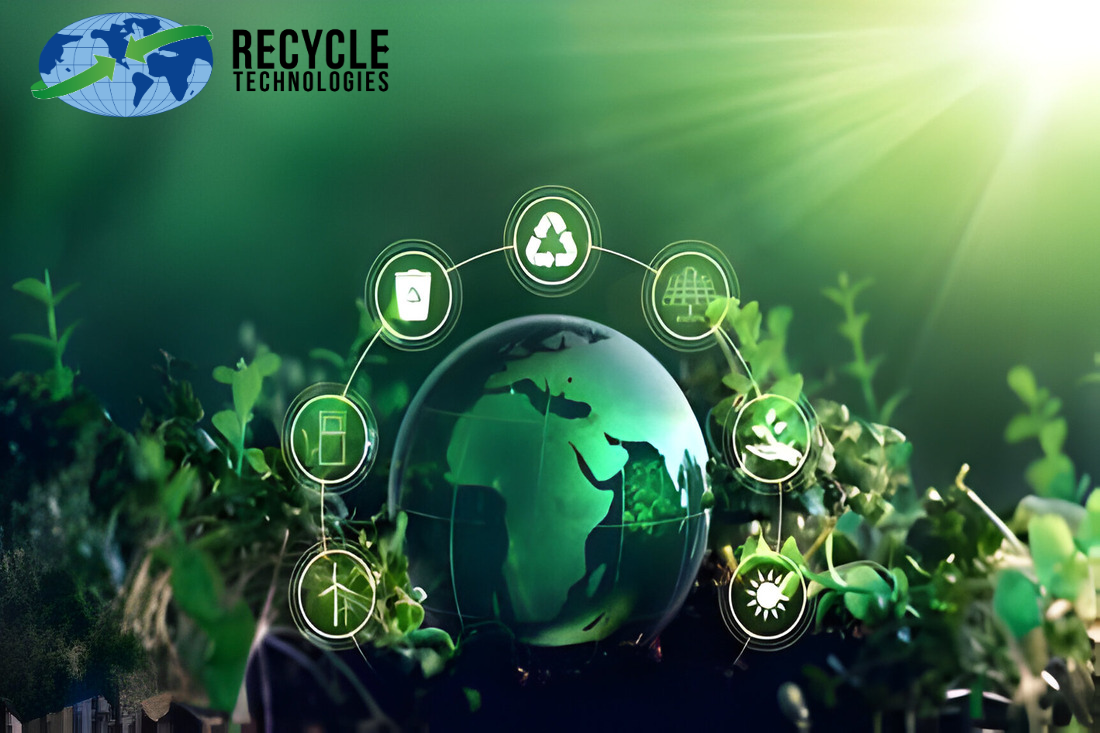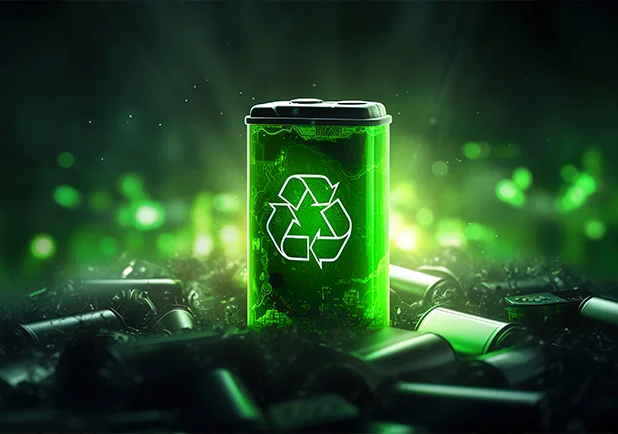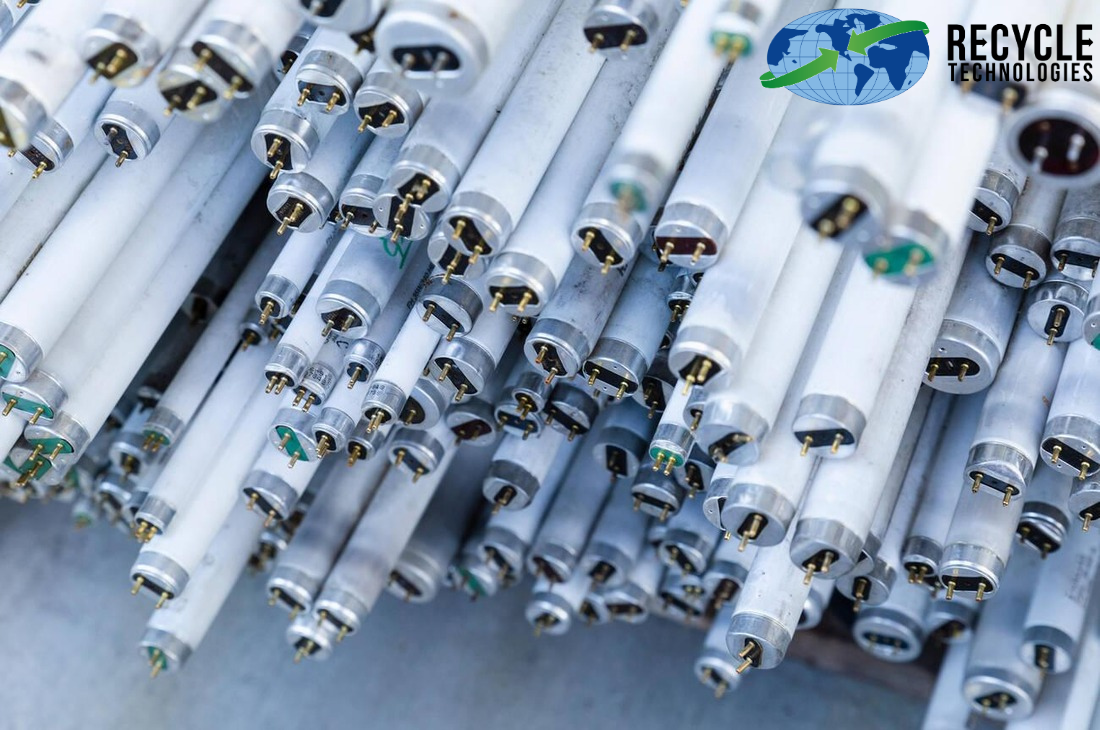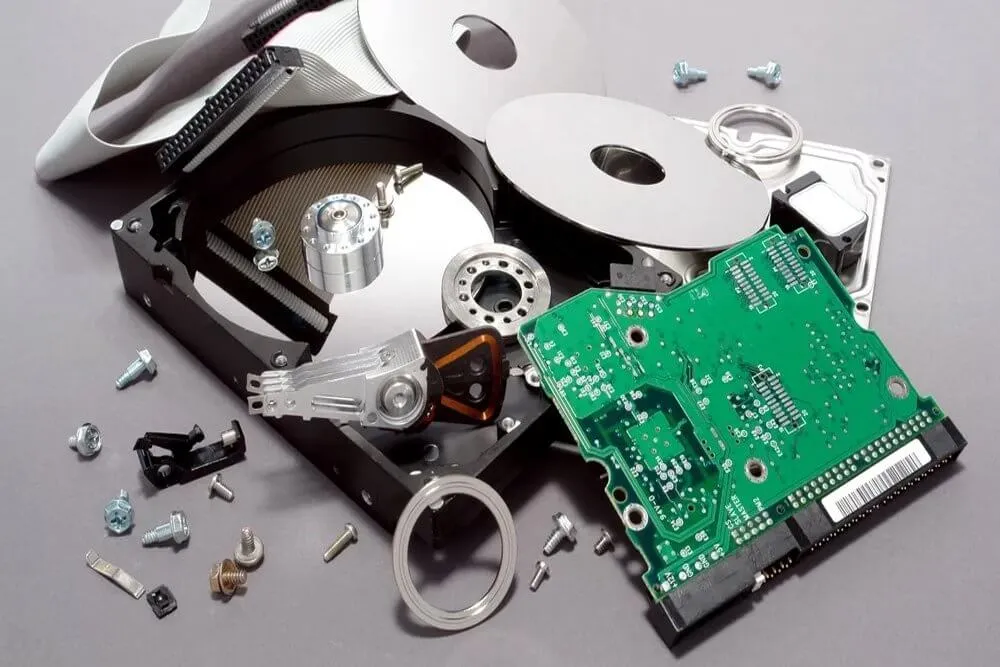With each passing year, recycling companies and researchers put significant efforts into handling the growing e-waste concerns. Many of these efforts revolve around making sustainable practices a norm while trying to find better ways to stop the production of hazardous materials.
As a move to be ecologically responsible, we saw many unique efforts, such as making jewelry items made from rare earth metals obtained from discarded smartphones, how bio-microbes and AI are shaping up a new era for recycling, and better ways to transition from carbon-dependent energy sources, e.g., Li-ion batteries.
From April – June 2023, many new improvements emerged from the recycling community: people as well as conglomerates took steps to initiate and sustain a circular economy using unique and peculiar scientific approaches. Let us look.
Research Finds Minnesota’s E-Waste Worth More than $2.8B Annually
In the state of Minnesota, experts figured out that over 266 million pounds (about 120,655,472 kgs) of electronic waste are available for recycling. According to the peer-reviewed pilot study, only 23.7% of it gets recycled.
The study used reports and local data on e-waste to look at 62 different elements, including the salvageable metals from the tech gadgets. According to the statistical findings, the top elements by weight at a 100% recycling rate were iron (40.6%), copper (32.2%), tin (9.6%) and aluminum (8.5%). The top e-waste by value included palladium (53.5%), platinum (36.5%), copper (3.8%) and tin (3.6%).
Moreover, if Minnesota adopts 100% recycling practices, they can directly create a total of 3,345 new jobs. You can read more of it in our blog here.

Xbox Debuts a Sustainable Controller Made Out of Regrind Materials
Xbox debuted a limited-edition sustainable controller on Earth Day in April 2023, with great acclaim. The company claimed that their Remix Edition Controller is made from regrind plastics (1/3 of its proportion).
Xbox defined the term “regrind” as obtaining materials from Xbox One generation controllers, which still makes durable new products. Because the recycled materials are mixed with resin before setting in the manufacturing process, the Remix controllers had a distinct earthy green color.
Each controller comes with a patchwork colorway inspired by the Pacific Northwest Forest, consisting of dark green encasing with a bright green Xbox button and D-pad.

Using Blockchain to Track E-Waste? Here’s How
The major hurdles in achieving sustainability regarding e-waste are a lack of standardization, and consumer trust and attitude towards recycling. Since each electronic device manufacturer uses a separate set of rules, they make it difficult to track used products once they are discarded or given off for renewal or refurbishing.
Researchers propose new ways to handle the chain of authority to help contain e-waste. One of the clever ways is to utilize blockchain technology. In this way, e-waste management companies could track the lifecycle of a device, including its manufacturing, distribution, ownership, and disposal. The challenge here will be creating a secure and immutable record of a device’s history, but it would increase consumer trust and enable their sale at higher prices.
By tracking the lifecycle of a device, it is possible to streamline refurbishment, recycling and resell processes, leading to faster turnaround times and lower costs. These efficiency savings would present more opportunities for manufacturers and individuals to participate in the circular economy.

Apple might have taken the first step towards a greener future by introducing USB-C cable, but they are far from there. Beginning 2025, Apple will use 100% recycled cobalt in its batteries in a move to please the market-base in the EU. Cobalt is currently the poster child of mining injustices in Africa, and to get rid of such a revenue-intensive market can create some blowback, hence the time they are taking to squeeze a way out.
The company also said that by 2025, it plans to use recycled rare-earth elements in its magnet ends of Apple watch chargers, and recycled materials for the tin soldering and gold plating used for its circuit boards. It remains to be seen whether other cellular phone manufacturers will adopt the same policies, or follow the EV route, where they keep neglecting the harmful effects caused by Li-ion batteries.

Is There a New Way to Obtain Metals from Lithium-ion Battery?
Speaking of obtaining metals from recycled Li-ion batteries, scientists discovered a revolutionary way to sort things out. As we know, Lithium-ion batteries degrade slowly over their lifetime, losing anywhere from 12% to 24% of their total capacity over 500 charging and discharging cycles.
Recycling these batteries using hydrometallurgy has proven itself to be a costly way to handle the waste, rendering the rate of Li-ion battery recycling lower than expected. To address this issue, an interdisciplinary research group led by Professor Bartosz A. Grzybowski at the Center of Soft and Living Matter within the Institute for Basic Science (IBS), South Korea, produced an exciting way to obtain valuable metals such as lithium, nickel, and cobalt, from spent lithium-ion batteries. They proposed using spinning concentric liquid reactors.
Using the same basic components of hydrometallurgy, the team used a reactor which could be vigorously stirred and emulsified without the coalescence of aqueous layers. The rotation of these mixtures sorted the metals out based on the pH differences, which is a genius way of separating metals. Professor Grzybowski explained that the technology they have developed is “tunable to different feed metal compositions” which means this separation process works for metals other than the ones used in Li-ion batteries.
Conclusion
Properly recycling e-waste protects our environment and future. It conserves precious resources, prevents harmful chemicals from entering ecosystems, and reduces pollution and carbon footprint. As e-waste grows rapidly, proper disposal is crucial. Studies show heavy metals and lead from e-waste directly contribute to their higher presence in landfills. Fortunately, researchers are developing innovative solutions for sustainable e-waste recycling, aiming for a circular economy.
The efforts of researchers and recycling companies offer a glimmer of hope in the face of this environmental crisis. Unless we embrace responsible e-waste management practices, we risk leaving a poisoned inheritance for future generations. It is time to raise awareness, adopt sustainable solutions, and ensure a healthier planet for all.
















